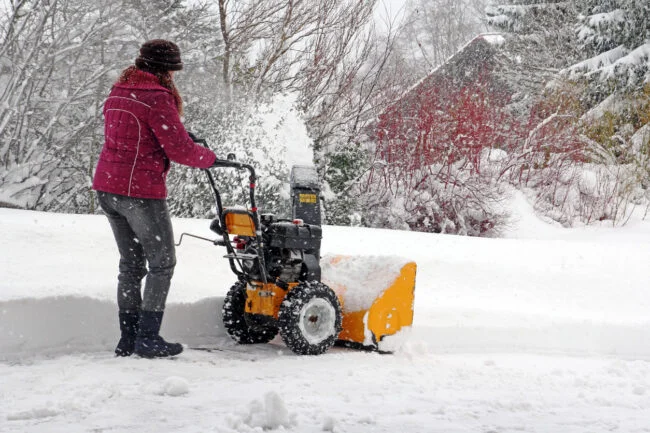Winter brings its own set of challenges, and for homeowners in snow-prone regions, a reliable snow blower can be a lifesaver when it comes to clearing driveways and walkways. However, efficient operation is key to not only quick snow cleanup but also maintaining the longevity of your snow blower. In this guide, we’ll explore some essential tips and tricks to ensure you’re using your snow blower effectively and safely.
Snow Blowing Strategies:
Fighting the Wind:
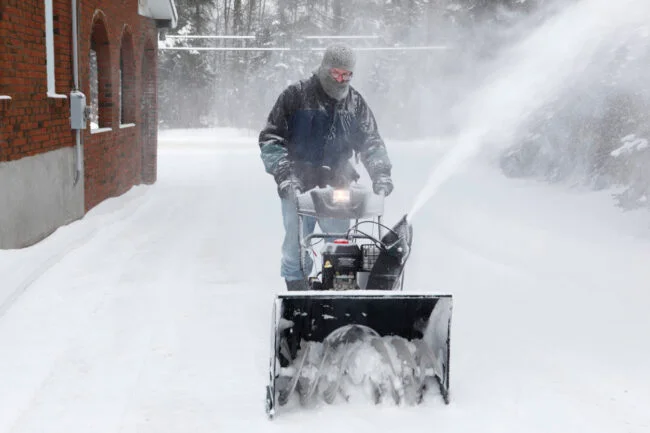
Pay attention to the wind direction to avoid blowing snow back onto your freshly cleared driveway. Adjust the chute direction accordingly with each pass.
Following the Right Pattern:
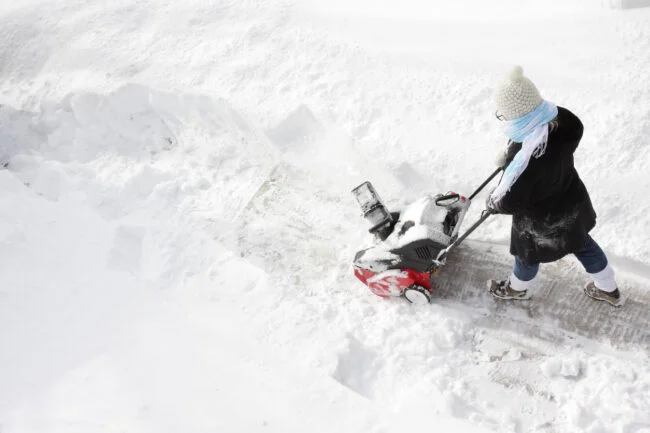
Choose an efficient snow blowing pattern based on wind conditions. In no-wind situations, use concentric circles; in windy conditions, start upwind and use a back-and-forth pattern.
Adjusting Skid Slide Shoes:
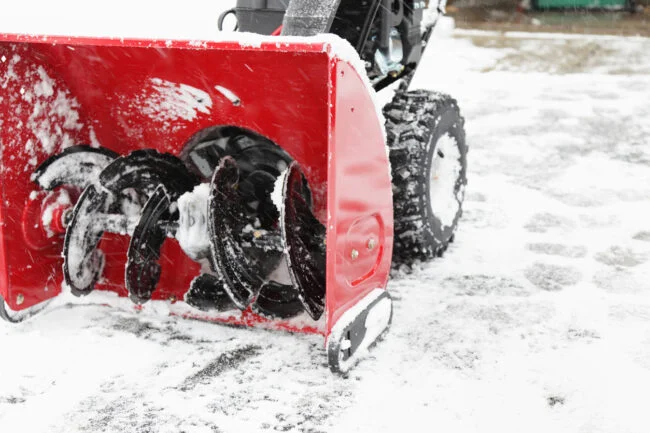
Regularly check and adjust the skid slide shoes to the appropriate height, especially if working on different surfaces like gravel. This prevents damage to the snow blower and ensures optimal performance.
Don’t Wait for the Snow to Stop:

Don’t delay snow blowing until the storm ends. Take passes while the snow is below the intake height of your snow blower to prevent buildup and make clearing easier.
Check for Debris:
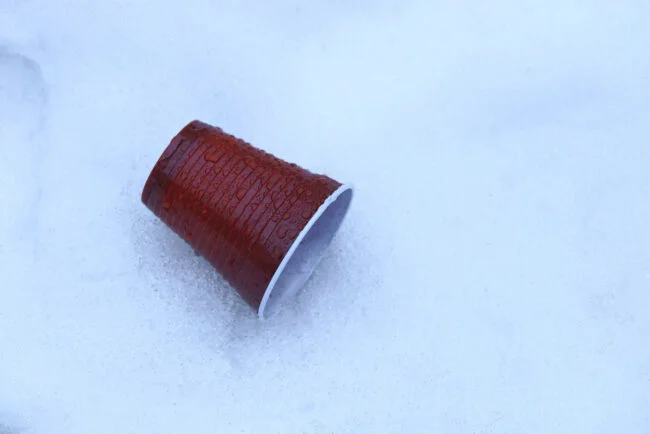
Before starting, inspect the area for hidden debris like toys or rocks. Failing to do so can damage the auger or belt and create safety hazards.
Wear Suitable Footwear:

Ensure you wear boots with proper tread to prevent slipping, especially on slopes. Safety is crucial when operating heavy equipment like a snow blower.
Throw Snow Far:
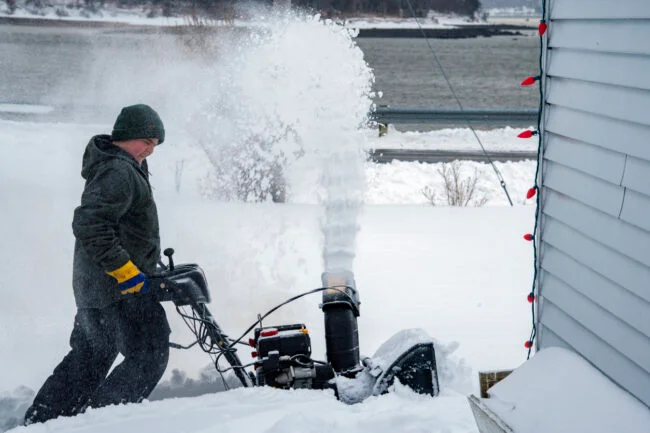
Adjust the chute for maximum distance to throw snow away from the driveway. This prevents creating walls of snow that are harder to clear later.
Manage Snow Intake:
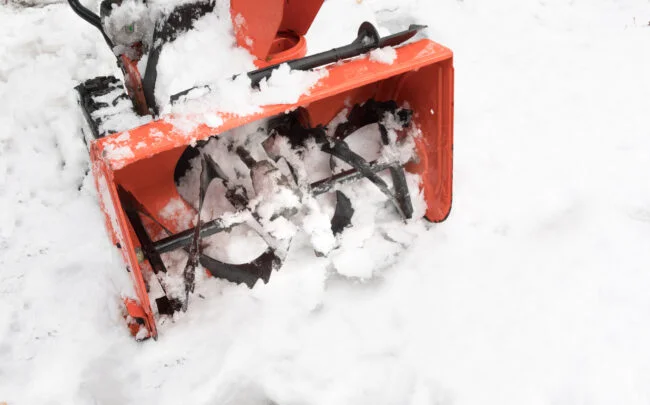
Be mindful of the type of snow you’re dealing with. Heavier, wet snow can clog the snow blower, so cut narrower swaths to prevent clogs.
Refuel Safely:
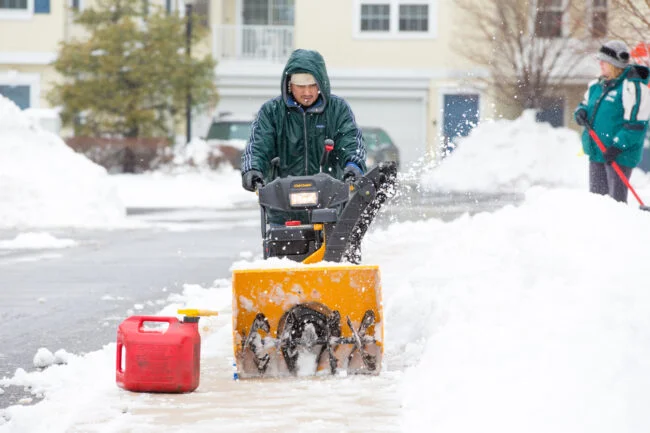
Never refill the snow blower with gas immediately after use. Allow the engine to cool for at least 10 minutes to avoid the risk of ignition and potential injuries.
Respect the Tines:

The rotating tines can cause serious injury. If the snow blower becomes clogged, turn off the engine and use proper tools to clear the obstruction, avoiding hands or feet.
Use Fresh Fuel:
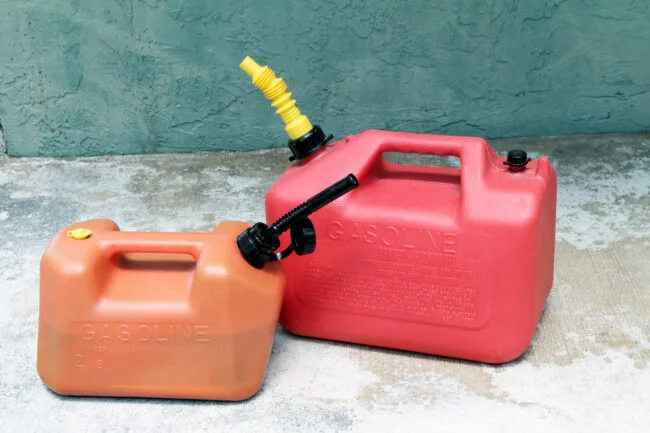
Ensure you use fresh fuel, especially in cold weather, to make starting the snow blower easier. Stale fuel from the summer can make cold-weather starts more challenging.
Conclusion:
Efficient snow blowing not only saves time but also ensures the longevity of your snow blower. By following these tips and tricks, you’ll not only clear your driveway effectively but also operate your snow blower safely. From adjusting chute directions to respecting the tines, incorporating these practices will make your winter snow removal tasks smoother and more manageable. Stay warm and safe while tackling the winter tundra!
image source : istockphoto

